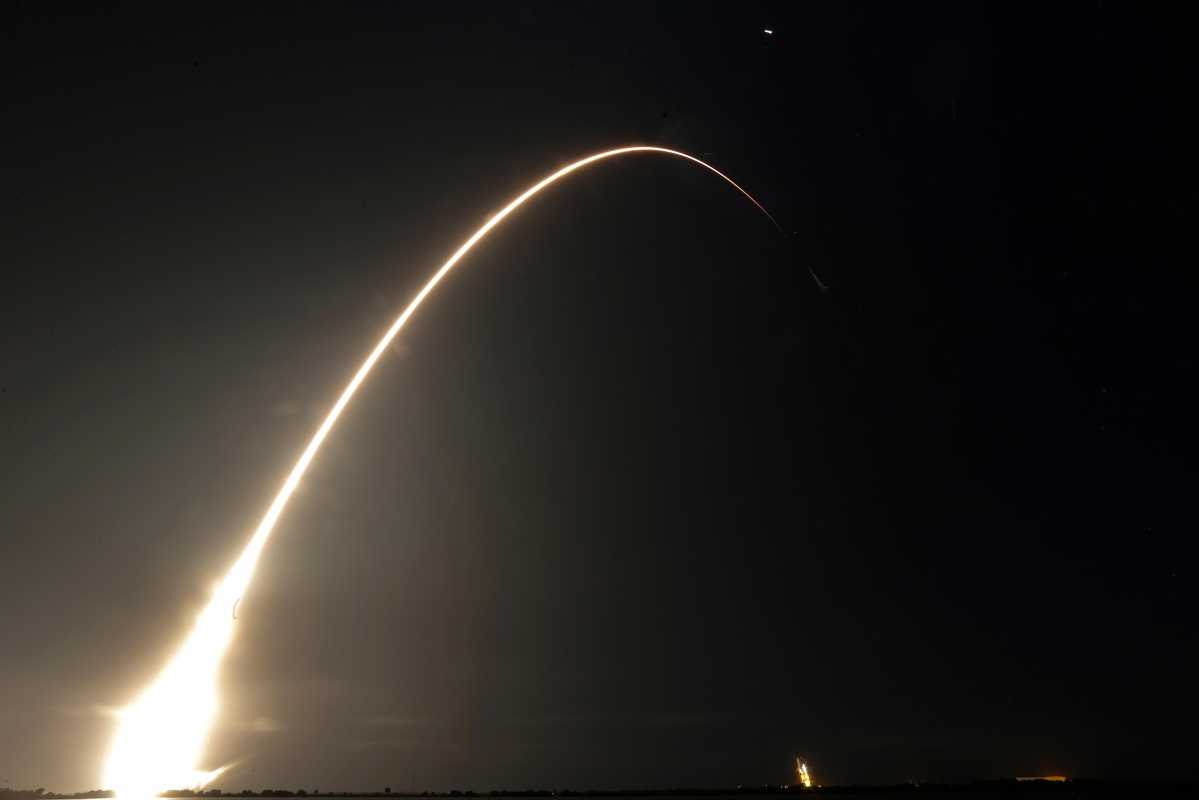News
Japan’s Lunar Spacecraft Successfully Lands on Moon, but Status Unclear

Japan‘s spacecraft has successfully arrived on the surface of the moon, marking a major milestone for the country’s space exploration efforts. However, the status of the landing is still unclear as the Japanese space agency, JAXA, is currently analyzing the spacecraft’s condition.
The spacecraft, named Smart Lander for Investigating Moon (SLIM), touched down on the lunar surface at around 12:20 a.m. Tokyo time on Saturday. If confirmed, this achievement would make Japan the fifth country to successfully land on the moon, following the United States, the Soviet Union, China, and India.
While mission control initially announced that the landing was successful, they later mentioned that they were still checking the status of the spacecraft. More details will be provided in a news conference to be held at a later time.
SLIM, also known as “the Moon Sniper,” is a lightweight spacecraft equipped with pinpoint landing technology. It had the goal of landing in a targeted area near the Shioli crater, where volcanic rocks are found.
This mission was particularly significant as it aimed to test new landing technology that could enable future moon missions to land precisely where desired. The success of SLIM’s landing would not only boost Japan’s confidence in its space technology but also elevate its profile in the global space race.
Experts believe that confirming the accuracy of landing on a specific area is crucial for the future of moon exploration. The moon holds great importance in terms of resource exploration and as a potential base for missions to other planets, including Mars.
SLIM is accompanied by two autonomous probes, LEV-1 and LEV-2, which were set to be released just before landing. These probes, developed in collaboration with Sony, toymaker Tomy, and Doshisha University, are equipped with cameras to record the landing and further explore the lunar surface.
This successful mission comes at a critical time for Japan, following a series of setbacks in its space endeavors. In April, a Japanese spacecraft crashed during a lunar landing attempt, and a flagship rocket failed its debut launch in March. Demonstrating their landing accuracy and data collection capabilities, similar to the Hayabusa2 mission that collected samples from an asteroid, is essential for regaining trust in Japan’s space technology.












